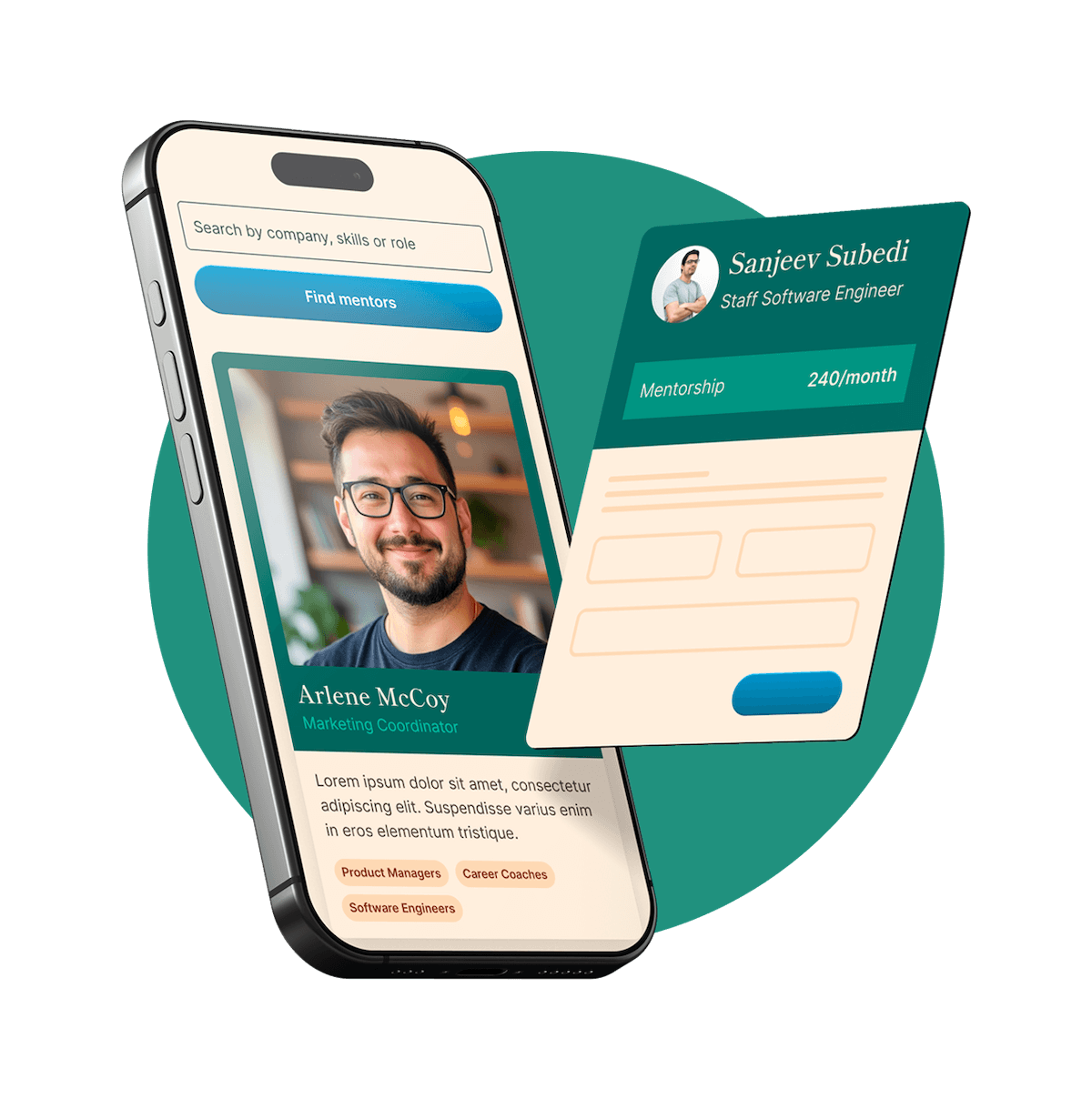
Traditional project management methodologies often fall short in capturing the fluidity and dynamism of creative endeavors. To truly excel, we need to embrace practices that resonate with the unique nature of creative work.
Instead of solely focusing on current objectives, engage your team in “design fiction”—a method where you create speculative narratives and prototypes about the future. This practice encourages teams to think beyond the present, fostering innovation by exploring “what could be.” By materializing speculative concepts into tangible forms, teams can better anticipate future challenges and opportunities.
It can also align vision across disciplines by visualizing potential outcomes in a narrative-driven format. This practice sparks empathy by helping stakeholders experience imagined futures firsthand, which can drive stronger emotional buy-in.
Adopt the concept of “Obeya,” a Japanese term meaning “big room,” to establish a centralized space where cross-functional teams can collaborate transparently. This environment promotes rapid decision-making and aligns all stakeholders by visualizing project timelines, milestones, and progress. By breaking down silos, Obeya rooms foster a holistic understanding of the project landscape. They also create a shared emotional investment, where every team member can see how their contributions connect to the larger mission. Even in virtual settings, a digital Obeya board can replicate this shared visibility and encourage continuous alignment.
Move beyond traditional feedback loops by involving stakeholders directly in the design process. Participatory design ensures that the end product resonates with its intended audience, as it incorporates diverse perspectives from the outset. This collaborative approach not only enhances usability but also builds a sense of ownership among participants. It also uncovers assumptions early, minimizing costly rework later in the project. The process creates a culture of openness, where feedback is not just expected but actively sought out and valued.
Shift focus from articulated requirements to unspoken user needs through empathic design. By immersing in users’ environments and observing their interactions, teams can uncover latent needs that users themselves might not express. This deep understanding leads to solutions that truly resonate on an emotional and functional level. Empathic design encourages humility—acknowledging that we don’t always know what users need until we deeply observe and listen. It’s a practice that not only reveals insights but also builds trust between creators and users.
This approach also strengthens team intuition—by repeatedly engaging with real-world contexts, designers and project leads begin to sense patterns and needs more instinctively. Empathic design becomes not just a method, but a mindset that continuously informs more human-centered decisions across every stage of the project.
Encourage your team to employ lateral thinking—a problem-solving approach that involves looking at challenges from new and unconventional angles. By disrupting established patterns and embracing uncertainty, teams can discover innovative solutions that wouldn’t emerge through linear thinking alone. You can facilitate this by introducing prompts that deliberately reframe the problem or impose unusual constraints. Over time, this trains the team to become more comfortable with ambiguity and to approach problems with curiosity instead of fear.
Lateral thinking also empowers teams to detach from ego-driven problem-solving by valuing unusual perspectives over “right answers.” It invites contributions from all disciplines—not just the loudest or most experienced voices—which can surface radically creative ideas that traditional approaches might suppress.
Introduce game elements into project management to boost motivation and engagement. By awarding points, badges, or other incentives for achieving milestones, teams can experience a sense of accomplishment and friendly competition. This approach taps into intrinsic motivators, making the project journey more enjoyable and productive. Gamification also helps visualize progress in a way that feels immediate and tangible, reducing the psychological distance between effort and reward. When thoughtfully applied, it can create momentum during slower phases and reinforce positive team dynamics.
Beyond motivation, gamification can also enhance transparency—when progress is visualized and rewarded openly, it reinforces accountability and makes it easier to spot blockers. Done well, it transforms routine tasks into meaningful challenges and encourages a shared sense of progress across the entire team.
When facing complex challenges, flip the traditional brainstorming approach by asking, “How could we cause this problem?” This reverse brainstorming technique helps teams identify potential pitfalls and areas of vulnerability, allowing them to proactively develop strategies to mitigate risks. It’s particularly useful during post-mortems or pre-mortems, where the goal is to surface blind spots before they become blockers. The exercise often reveals flawed assumptions or overlooked dependencies that would otherwise go unnoticed.
Reverse brainstorming also encourages psychological safety—by framing the question in a playful, oppositional way, it removes the fear of being wrong. This subtle shift can unlock more candid, creative contributions from team members who might otherwise hesitate to speak up.
Creative project management isn’t about rigid frameworks or flawless execution—it’s about creating space for ambiguity, discovery, and reinvention. It requires balancing structure with fluidity, clarity with exploration. When managing creative teams, your role shifts from being a taskmaster to being a facilitator of conditions where insight, trust, and bold experimentation can thrive.
The unconventional practices shared above aren’t just tactics—they represent a mindset shift toward creative leadership. They ask us to prioritize meaning over metrics, process over perfection, and people over predictability. When we choose to design projects with empathy, co-creation, and playfulness at their core, we don’t just improve outcomes—we elevate the entire experience of collaboration. These approaches also build creative resilience: the ability to adapt, reframe, and respond imaginatively when plans inevitably change.
Ultimately, breakthrough results in creative work rarely come from following a script. They emerge from environments where diverse voices are heard, where risk is embraced, and where the future is actively imagined—not just passively awaited. As a creative project leader, your greatest impact may not be in what you deliver, but in how you shape the journey to get there.
Find out if MentorCruise is a good fit for you – fast, free, and no pressure.
Tell us about your goals
See how mentorship compares to other options
Preview your first month
